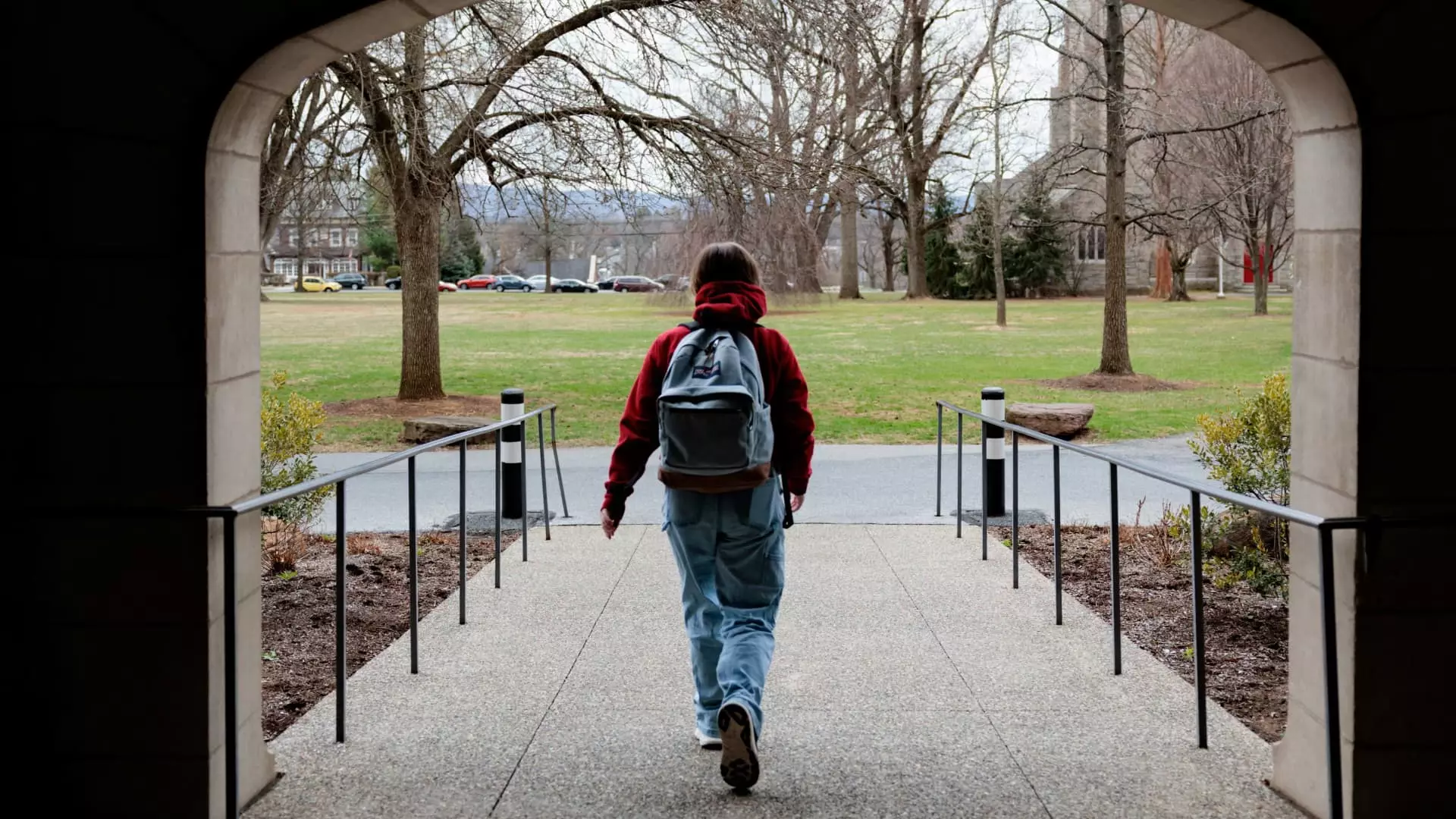The recent reopening of online applications for income-driven repayment (IDR) plans underscores a glaring inconsistency within U.S. education policy. Initially pulled back by the Trump administration earlier this year, the applications created chaos among millions of federal student loan borrowers. The temporary suspension of these plans, supported by a February court order, not only damaged borrower faith in governmental guidance but also raised alarm bells concerning transparency and responsiveness in dealing with student debt—a situation exacerbated by the convoluted politics involved.
Critics have rightly pointed out that pausing applications for various IDR options, stemming from an appellate court decision solely related to the Biden administration’s new SAVE plan, strikes at the heart of accountability. The notion that an entire suite of repayment options could be jeopardized because of stringent interpretations by the previous administration is disheartening. The educational landscape shouldn’t be contingent upon political maneuvering that marginalizes the pressing needs of individuals burdened by student loans.
Power Struggles vs. Practical Solutions
The intervention by the American Federation of Teachers is both timely and necessary. Their lawsuit sheds light on a deep-seated issue—the tendency of various administrations to exploit legal avenues not just to protect their interests, but to disregard the broader implications for student borrowers. Underneath this power struggle lies the real story of over 12 million people who depend on these IDR plans for a semblance of financial equilibrium. What’s particularly troubling is that a bureaucracy designed to serve the public appears to prioritize political posturing over lending a helping hand to those most in need.
Two decades on, the original intention behind these IDR plans, implemented in the 1990s to ease financial burdens, has become a distant memory. While capping monthly payments at a fraction of one’s discretionary income and offering loan forgiveness after decades seems appealing in theory, real-world execution has frequently fallen short.
The Disillusionment of Borrowers
Borrowers are experiencing a pervasive sense of disillusionment, heightened by an administrative cycle that seems to oscillate between progressive reform and conservative retrenchment. For many, the dream of educational attainment has mutated into a nightmare of unbearable debt. The narrative of ‘educational opportunity’ is undermined when the pathways to successful loan repayment are shuttered or muddled through litigation. Individuals who once aspired to build careers are instead finding themselves boxed into a corner, constantly battling systems supposedly designed to aid them.
While the reopening of IDR applications is a step forward, it does little to rectify the underlying issues. The reliance on these plans highlights a lack of substantive reforms in higher education financing. Navigating the debt landscape shouldn’t be another hurdle for borrowers; it should be a clear and manageable route towards economic stability and success.
Moving forward, policymakers must engage in meaningful dialogues that prioritize the real experiences and opinions of borrowers. Equitable solutions demand collective understanding and dedicated action, not further political theatrics. The urgency for a balanced approach in student loan repayment—a roadmap centered around borrower welfare—has never been more essential.

